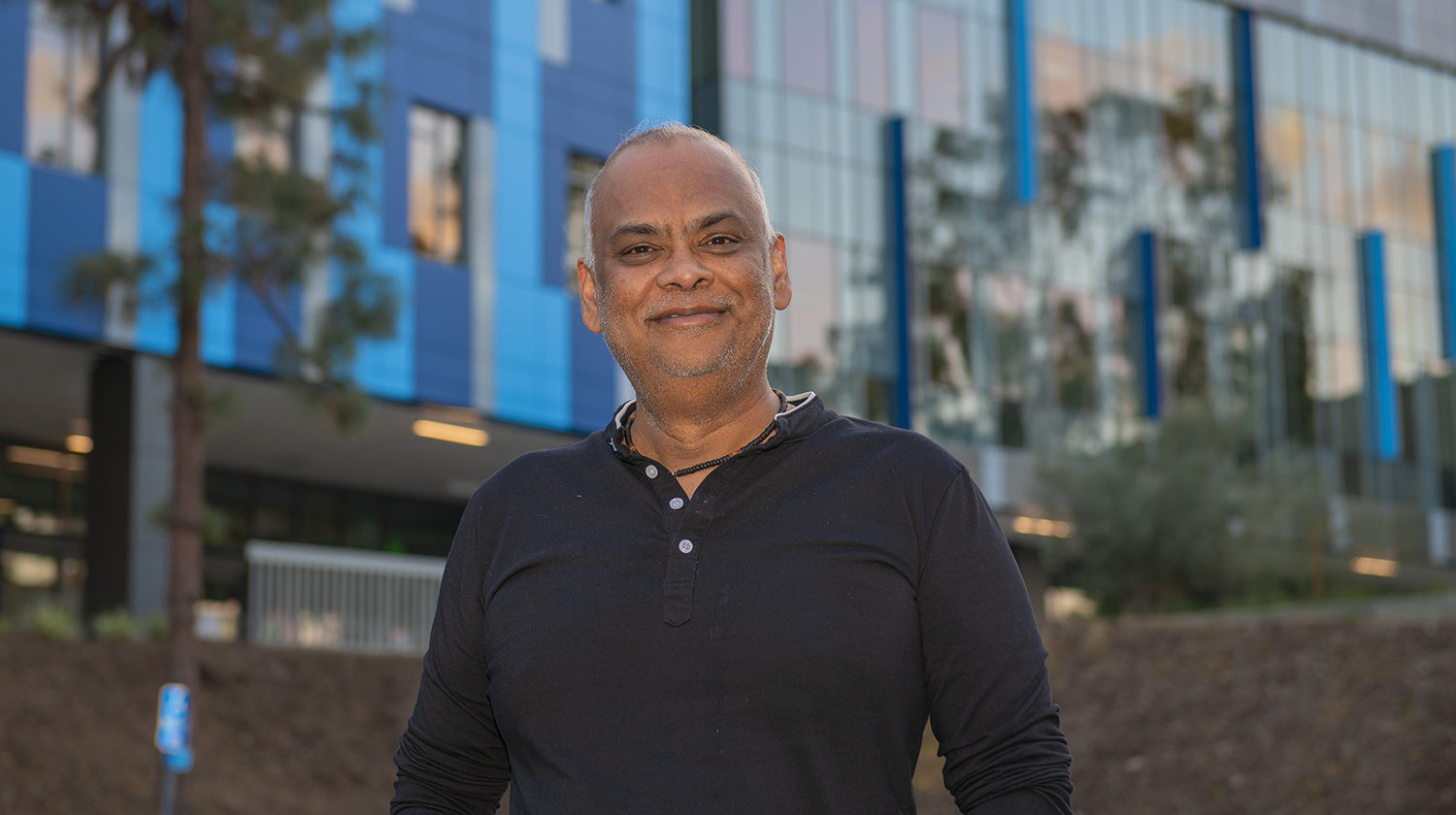
Ashish Sinha, a professor of earth sciences at CSUDH, has co-authored a recent research study which found that while droughts on the island of Madagascar contributed to the extinction of such giant species the Dodo bird, gorilla-sized lemurs, and the Elephant Bird, it may have been humans that ultimately sealed their fate.
Published Oct. 16 in Science Advances, the study shows that the crash of megafauna (large or giant animals, especially of a given region) that happened around 1,500 years ago took place after a couple of centuries of human settlement. This heightened human activity, in combination with a particularly severe spell of region-wide drought, may have doomed the large birds and animals.
The study, “A multimillennial climatic context for the megafaunal extinctions in Madagascar and Mascarene Islands” was published Oct. 16 in Science Advances by a team of international researchers. To learn more, visit https://advances.sciencemag.org/content/6/42/eabb2459/.
The study centers on the Mascarene islands east of Madagascar, because they are among the last islands on Earth to be colonized. The primary source of this new paleoclimate record came from stalagmites in one of the many caves on the tiny island of Rodrigues. The team reconstructed the region’s rainfall patterns over the last 8,000 years by studying and analyzing trace elements and carbon and oxygen isotopes from each incremental growth layer of stalagmites.
Analyses revealed that the region experienced a series of megadroughts that lasted for decades, with the most recent drought around the time when all the large species died out. However, the region’s large wildlife had previously survived more severe droughts, and archaeological records show that human presence increased around that time. Historically, human settlement also brought such stressors as habitat devastation, overhunting, disease, and according to the study, the end of Madagascar’s megafauna.
“We cannot say with 100 percent certainty whether human activity, such as overhunting or habitat destruction, was the proverbial last straw that broke the camel’s back, but our paleoclimate records make a strong case that the megafauna had survived through all the previous episodes of even greater aridity,” notes Sinha. “This resilience to past climate swings suggests that an additional stressor contributed to the elimination of the region’s megafauna.”








